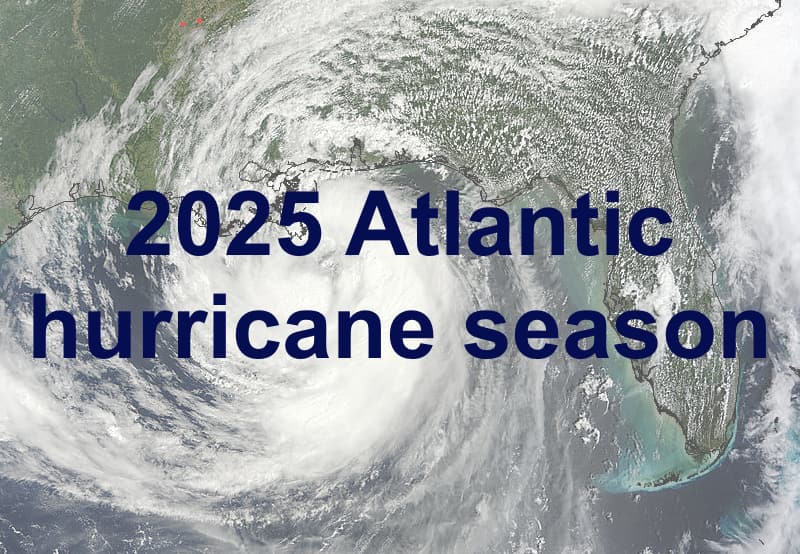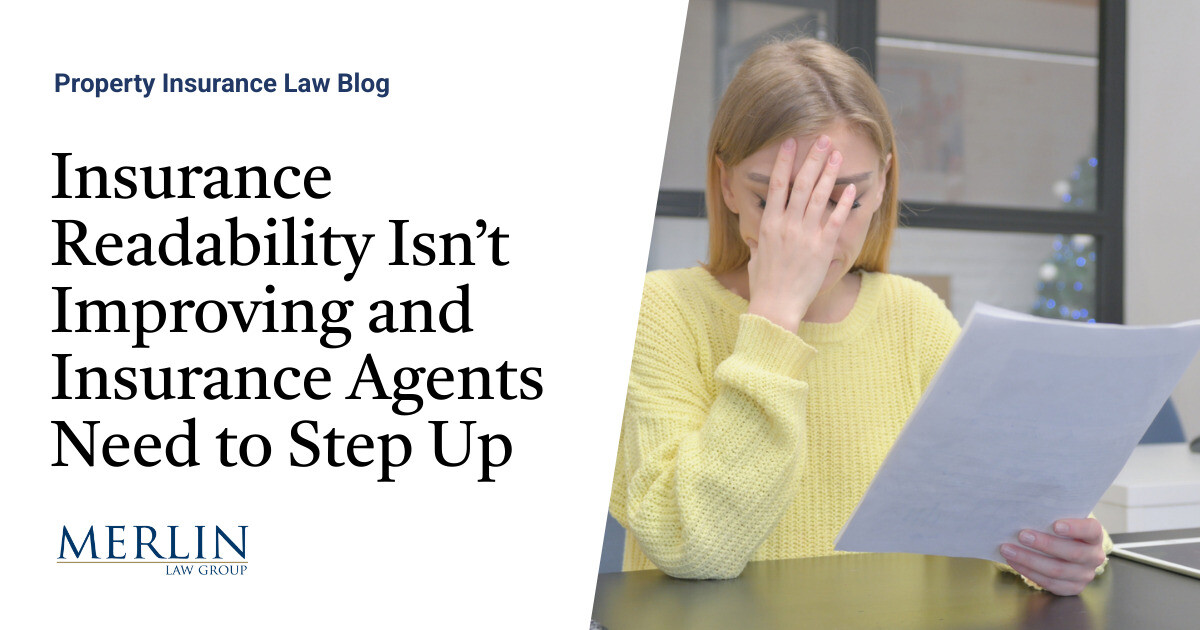
In a recent commentary, Bernhard Allgäuer, Senior Investment Strategist at VP Bank, outlined why insurance-linked securities (ILS) investors “have reason to be optimistic” heading into the 2025 Atlantic hurricane season, citing elevated risk premia and a favourable technical setup that could support returns.A key part of that setup lies in the current risk-reward profile of catastrophe bonds.With modelled annual losses for cat bonds currently estimated at 2.24%, Allgäuer explained that the premium being earned significantly outweighs the expected loss.“The insurance premium for this is currently 6.54 %, which is almost three times the expected loss,” he said.
“Compared to corporate bonds, this compensation is extremely attractive.But the premium is also in the upper range compared to its own history.” He added: “As long as there are no losses, the collateral earns interest in the USD money market.This currently yields over 4 %, so that the return in a loss-free year is just under 11 % in USD.” With , cat bonds too are set to continue benefiting from this reset in risk levels, even though pricing has softened somewhat from the highs seen in recent years.
Allgäuer also noted the impact of early-year catastrophe events, particularly the Los Angeles wildfires, on aggregate trigger cat bonds, and suggested a rebound for some cat bonds was imminent as the season reset, which we saw with a number of positions recently although also seeing some bonds maturities extended as well.“The fires in Los Angeles at the beginning of the year lead to losses equivalent to a hurricane and brought several aggregate structures close to their trigger,” he said.“Due to the risk of being triggered, individual aggregate structures traded with discounts of 50% to 90%.
“However, the loss threshold will be “reset” at the beginning of June and the affected bonds will then trade at the full price of 100% again.Although such bonds only make up a small proportion of diversified ILS funds, the price increase should be noticeable in most funds.” Reflecting on recent returns, Allgäuer stated: “As 2023 and 2024 remained almost loss-free, the average performance of cat bond funds in USD was between 13.8% and 15.9%.” “Bond yields have fallen since then and years without losses should not be expected.In addition, funds are generally more defensive than the market as a whole.” “Taking these factors into account, a performance of around 8 % p.a.
in USD is realistic.However, a major event can occur at any time that cancels out this performance.The asset class is particularly suitable for long-term investors who want to take advantage of the diversification benefits.” Looking ahead, Allgäuer said: “The hurricane season officially begins on 1 June, but the peak is usually in September and October.
However, there are always exceptions.In 2024, for example, tropical storm “Beryl” reached the mainland at the end of June with the highest danger level, which is unusually early.The cause was a significantly higher sea water temperature, which is not the case this year.” Discussing this year’s forecast, Allgäuer explained: “The two best-known forecasting institutes Tropical Storm Risk (TSR) and Colorado State University (CSU) are predicting an average season for this season, which is significantly better than last year.
Since Allgäuer’s commentary, raising its projections to 16 named storms, 8 hurricanes, and 4 major hurricanes, with an Accumulated Cyclone Energy (ACE) index of 146 for the 2025 Atlantic season.Notably, TSR has also increased its estimate for U.S.landfalling hurricanes to three, while joining calls for an above-average level of activity.
This aligns with the National Oceanic and Atmospheric Administration (NOAA), which recently issued its first outlook for the season, When including all of the other we’ve seen so far for this year’s season, the average across them still calls for 16 named storms, 8 hurricanes and 3 major hurricanes.“At the beginning of 2024, water temperatures were well above the norm and fell well below it by the end of the season.The below-average temperatures in January and February have now normalised and temperatures are currently within the normal range,” Allgäuer added.
He continued: “While the forecasts looked dystopian a year ago (ACE over 200), the forecasts for this year (ACE 120-155) are much better.However, the predictive power is still low at this point in time.” “It should also be mentioned that a single hurricane in the wrong place can cause huge damage.If, on the other hand, there are many storms that remain over the ocean or hit areas with little infrastructure, the damage is minimal,” Allgäuer concluded..
All of our Artemis Live insurance-linked securities (ILS), catastrophe bonds and reinsurance can be accessed online.Our can be subscribed to using the typical podcast services providers, including Apple, Google, Spotify and more.
Publisher: Artemis








